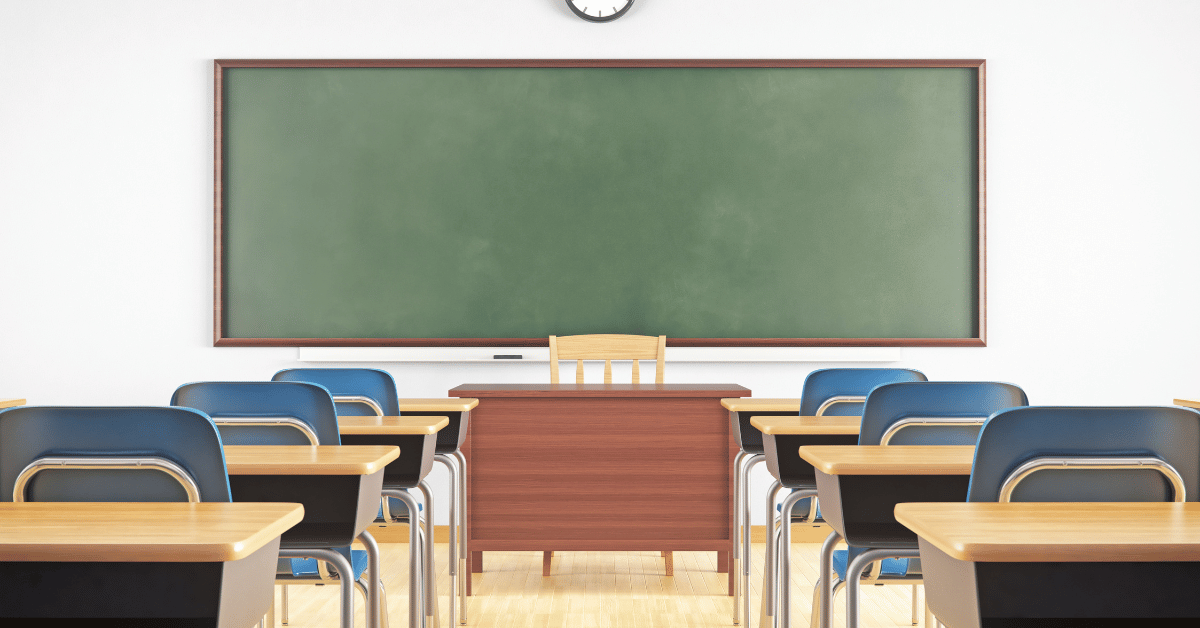Projectors have become a common tool in classrooms for presenting educational material in a dynamic and interactive way. However, while projectors offer many benefits, they also come with some disadvantages that can affect the classroom experience. In this article, we will explore seven disadvantages of using projectors in the classroom. These disadvantages range from technical issues, such as bulb life and resolution, to distractions and limitations in teaching methods. By being aware of these disadvantages, educators can better plan and mitigate them for a successful and effective classroom experience.
Table of Contents
7 Disadvantages of Projectors in the Classroom
Projectors have become an increasingly popular tool in the classroom, offering educators an engaging and interactive way to present educational material. However, while projectors have many benefits, they also come with some disadvantages that can negatively impact the classroom experience. In this article, we will explore seven disadvantages of using projectors in the classroom.
- Technical Issues
Projectors are electronic devices that can experience technical issues, such as bulb life, resolution, and connectivity. Over time, the projector bulb can degrade, causing the projected image to become dim and difficult to see. Additionally, some projectors may have a lower resolution than the computer or device they are connected to, resulting in a pixelated or blurry image. Connectivity issues may also arise, such as cables coming loose or projectors not syncing with the device.
- Distractions
Projectors can be a source of distraction for students. When a teacher projects a presentation or video, it can be difficult for some students to focus solely on the material presented. The projector and the screen can be visually captivating, drawing attention away from the teacher or other important information.
- Limited Mobility
Projectors are typically stationary devices, meaning that they cannot be easily moved around the classroom. This can limit the ways in which teachers can use them and may make it difficult for students to view the projected material from certain areas of the classroom.
- Limited Interactivity
While projectors allow for the display of visual and multimedia material, they do not offer much in the way of interactivity. While interactive whiteboards are available, these are often more expensive and require specific software and training to use effectively.
- Power Consumption
Projectors require a significant amount of power to operate, which can result in higher energy costs. Additionally, the heat generated by the projector can make the classroom uncomfortably warm.
- Limited Durability
Projectors are delicate devices that can be easily damaged if not handled properly. This can result in costly repairs or the need to replace the projector entirely.
- Bullying and Cybersecurity Risks
Projectors can also pose potential risks in terms of cybersecurity and bullying. If a student is projected on the screen without their consent or knowledge, this can lead to embarrassment or harassment. Additionally, if a projector is not properly secured, it can be hacked or compromised, leading to potential cybersecurity threats.
What are the disadvantages of LCD projector in teaching?
LCD projectors have become a popular tool in teaching, providing educators with a dynamic and engaging way to present educational material. However, LCD projectors also come with some disadvantages that can negatively impact the teaching experience. Here are some of the disadvantages of LCD projectors in teaching:
- Limited Resolution
One of the main disadvantages of LCD projectors in teaching is the limited resolution. While newer models may offer higher resolutions, older models may have a lower resolution than the computer or device they are connected to, resulting in a pixelated or blurry image. This can make it difficult for students to read text or view small details in the projected material.
- High Maintenance
LCD projectors require regular maintenance to ensure that they are functioning properly. This includes cleaning the filters, replacing the bulbs, and ensuring that the projector is properly calibrated. Failure to perform regular maintenance can result in degraded image quality and reduced lifespan of the projector.
- Limited Mobility
LCD projectors are typically stationary devices that cannot be easily moved around the classroom. This can limit the ways in which teachers can use them and may make it difficult for students to view the projected material from certain areas of the classroom.
- Limited Interactivity
While LCD projectors allow for the display of visual and multimedia material, they do not offer much in the way of interactivity. This can limit the ways in which teachers can engage with students and may make it difficult to incorporate interactive elements into lessons.
- Bulb Life
The bulbs in LCD projectors have a limited lifespan, typically around 3,000 to 4,000 hours. This means that the bulb will need to be replaced periodically, which can be costly and time-consuming.
- Connectivity Issues
LCD projectors can experience connectivity issues, such as cables coming loose or projectors not syncing with the device. This can result in interruptions to the lesson and frustration for both the teacher and students.
- Cost
LCD projectors can be expensive, especially if they have advanced features such as high resolution or interactivity. This can make it difficult for schools with limited budgets to afford the latest and greatest models.
Conclusion
While projectors offer many benefits in the classroom, they also come with some disadvantages that educators should be aware of. Technical issues, distractions, limited mobility, limited interactivity, power consumption, limited durability, and cybersecurity risks are all potential drawbacks that should be taken into consideration when using projectors in the classroom. By understanding these disadvantages and taking steps to mitigate them, educators can create a successful and engaging classroom experience.

